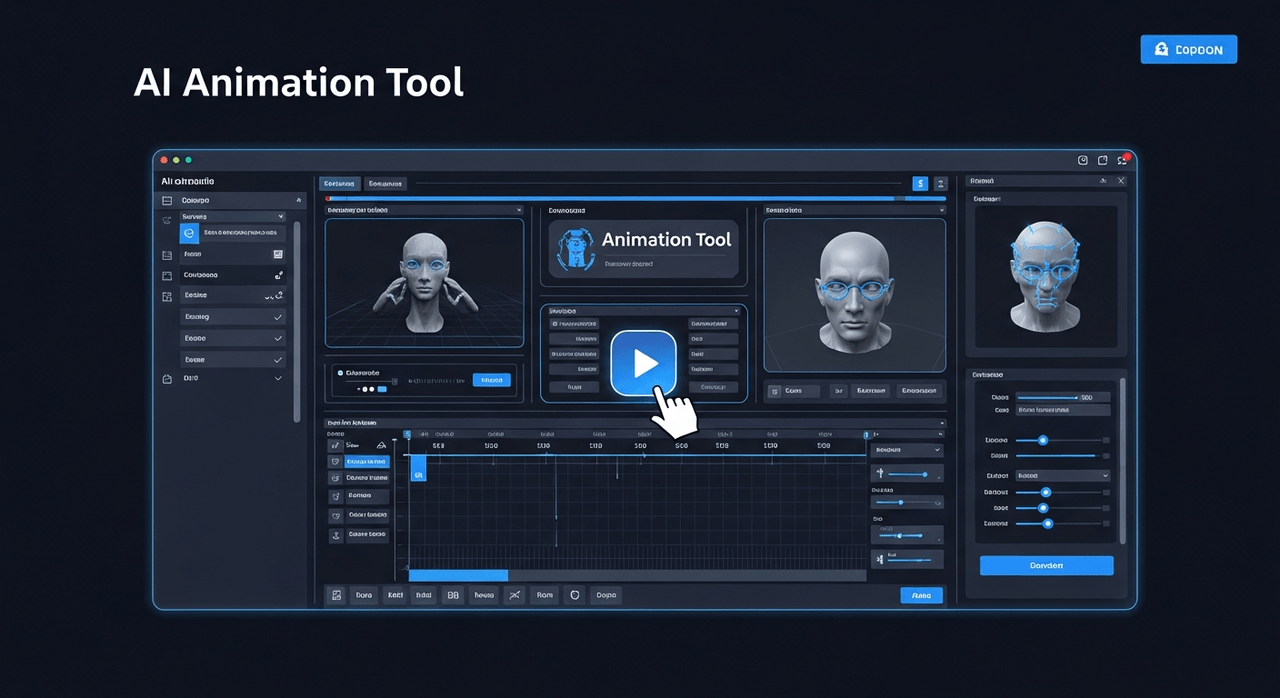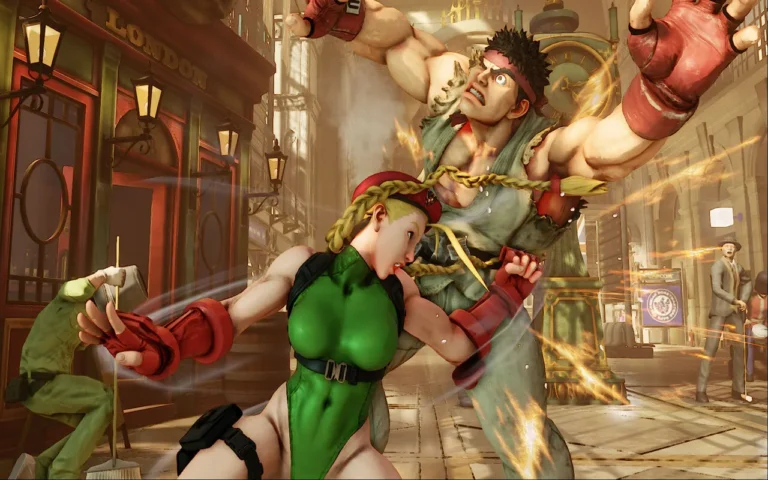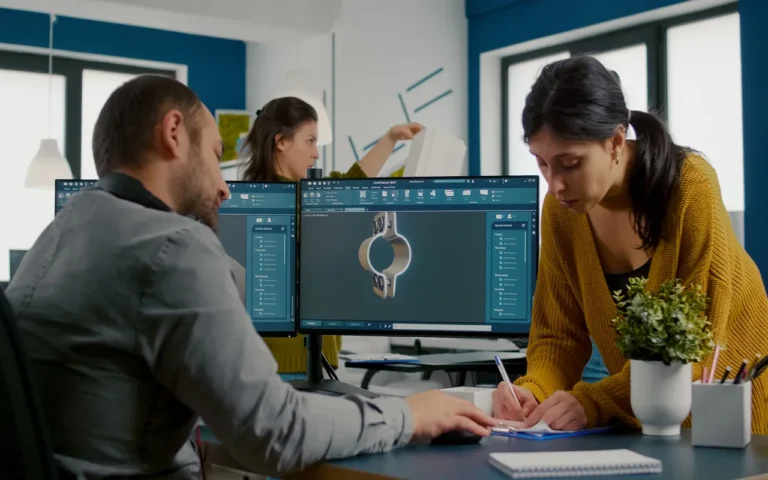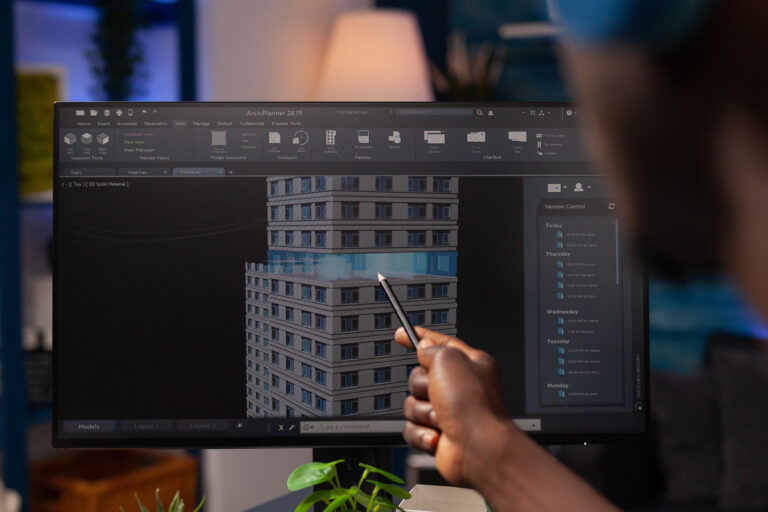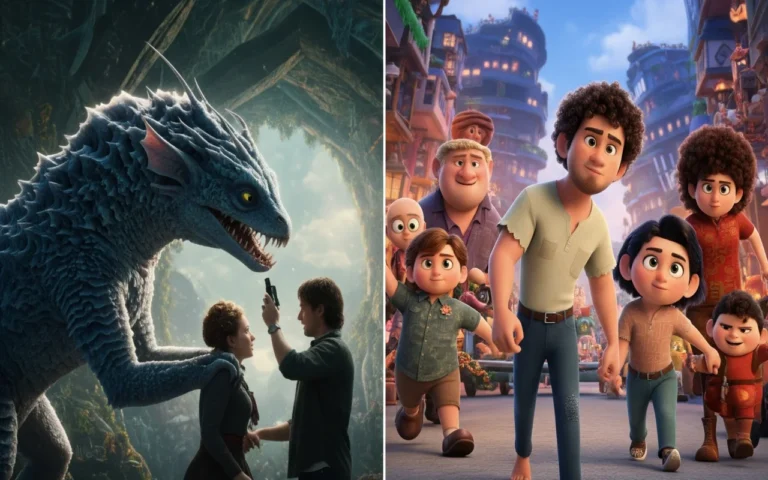Animated explainer videos have solidified their role as a crucial tool for games, technology offerings, and SaaS explainer video platforms, yet their associated costs vary widely.
A standard one-minute custom project from an established animation studio typically costs between $3,000 and $20,000. Conversely, basic AI video tools or template solutions can start as low as $50–$500, while top-tier 3D animation or large-scale enterprise video agency campaigns may exceed $70,000 for 60 seconds.
In this guide, we will clarify typical per-minute pricing ranges, identify the main factors that increase or decrease your budget, and explain how to plan a realistic expenditure that still ensures a strong return on investment (ROI).

Need Animation Services?
Visit our Animation Service page to see how we can help bring your ideas to life!
What Are the Average Costs for Animated Explainer Videos?
For a professionally crafted 60-second animated explainer video, most companies should anticipate an investment of $4,000–$10,000 for robust quality and tailored design.
Quotes below $3,000 generally signal the use of templates, limited customization, or reliance on offshore production. While this can suffice for simple internal explainers, it often lacks high-quality character animation or the polish required for a game trailer.
On the upper end, premium 2D animation and 3D animation projects for well-funded startups, game launches, or large corporate brands often fall between $10,000 and $25,000 for 60 seconds. This is especially true when the project demands intricate character animation, detailed UI/UX visualizations, or specialized in-engine 3D renders.
Utilizing AI video tools and do-it-yourself (DIY) options can drastically lower production costs but require more internal effort from your team.

Typical Price Ranges by Style and Provider
Different execution models are tied to distinct cost levels. Freelance animators and smaller studios might charge $2,000–$6,000 per minute for a 2D motion graphics explainer.
In contrast, well-established animation studios frequently quote $3,000–$10,000 for 2D animation and $4,000–$20,000+ for 3D animation of similar length, depending on visual detail and the number of revision rounds.
Template and AI video tools platforms typically charge minimal per-video fees or monthly subscriptions, but inherently limit design originality.
Enterprise video agencies command higher prices because they incorporate strategic planning, market research, and high cinematic production values, comparable to those seen in television commercials.
What Factors Influence Animated Explainer Video Cost?
The final price is determined by the cumulative effect of several production decisions: video duration, animation style, visual complexity, voiceover, sound design, revision rounds, and even your vendor’s geographic location:
Video Length
Most animation studios base their pricing on 30- or 60-second increments because almost every production phase (scriptwriting, storyboard, design, animation, compositing) scales with duration.
A 60–90-second explainer is usually ideal: long enough to cover the problem, solution, and call to action (CTA), but short enough to maintain viewer attention.
Expect each additional 30 seconds to increase the base rate by approximately 60–80%, especially when continuous character animation or intricate UI sequences are involved, rather than just static scenes.
For explainers promoting a game or app, it’s often more effective to keep the primary video concise and later generate shorter cutdowns suitable for YouTube ads and social media.
Art Style
Choosing an Art Style directly influences the number of design hours required and the animation’s inherent complexity.
Simple 2D motion graphics and flat vector styles generally fall at the lower end of custom pricing, often around $2,000–$4,000 per minute with many studios. Conversely, highly detailed frame-by-frame animation, anime-influenced styles, or high-fidelity 3D animation can push costs to $4,000–$10,000+ per minute or higher.
Whiteboard animation and icon-based styles are less expensive because their assets are simpler and more readily reused. In contrast, unique stylized 3D characters or environments (like those found in game cinematics) require extensive modeling, texturing, rigging, and lighting workflows.
When submitting your brief, provide visual examples from game trailers or brand videos you admire; this ensures quotes align with your quality expectations.
Complexity
Complexity encompasses all elements beyond “basic” animation: the quantity of characters, environments, camera movements, VFX, UI screens, and transitions.
A basic motion graphics explainer with minimal character work is significantly cheaper than a narrative-driven piece featuring multiple characters, VFX costs, props, and dynamic camera work that simulates gameplay or in-engine footage.
Research into animation pricing shows that, even within the same style, high-complexity projects can cost 2–3 times as much as simpler ones of the same length.
For game studios, illustrating progression (e.g., level flow, skill trees, combat loops) often escalates complexity. If you need to stick to a strict budget, look for ways to simplify scenes without compromising the core message.
Voiceover and Music
High-quality professional voiceover and sound design dramatically improve the impact of animation in marketing by elevating the perceived quality and lifting conversion rates.
The cost is affected by factors such as native-speaking VO artists, the need for multiple language tracks (localization), and usage rights; a standard 60-second VO can range from a few hundred dollars to over a thousand, depending on the region and exclusivity terms.
Custom music and comprehensive sound design (such as hits, whooshes, UI clicks, and ambience) add to the cost but directly enhance the emotional connection, a vital component for reveal moments in game or product demo video explainers.
Budget-friendly alternatives include royalty-free music libraries or AI-generated voices, though neither often achieves the nuance of a professional performance.
Clearly specifying languages, tone, and intended platforms (YouTube, Steam page, mobile store, TV) from the start helps animation studios provide accurate quotes.
Production Company and Location
A US- or UK-based studio that offers senior art direction, dedicated project management, and deep experience in the game/tech sectors will charge more than a solo freelance animator operating in a lower-cost region.
Both options can be viable, depending on your risk tolerance. Studies of explainer video vendors show that US averages are above $12,000 per 60 seconds, while European and mixed-region studios often quote lower rates for comparable scopes.
Top explainer video companies also incorporate strategic consulting, messaging workshops, and multiple stakeholder review cycles into their fees.
For smaller studios and indie games, a specialized boutique production company utilizing remote talent can be an excellent middle ground, offering a professional pipeline with leaner overhead.
How Should You Budget for an Animated Explainer Video?
A sound budget is more than just a figure; it signifies how crucial this video is to your marketing funnel or launch strategy.
Let’s review the critical steps:
Determine Your Goals and Objectives
Before committing to a budget, be precise about what the explainer must accomplish: Are you onboarding new players, pitching to publishers, simplifying a complex game economy, or driving sign-ups for an alpha test? Each scenario requires a different emphasis on storytelling, UI clarity, or emotional tone.
A hero explainer displayed prominently on your homepage or Steam page generally warrants a higher production value than a simple internal training piece.
Define measurable objectives, such as an increase in conversion rate, time-on-page, or demo downloads, so that you can subsequently evaluate ROI and justify the expense internally.
Consider Your Target Audience
Your audience’s expectations significantly dictate the level of polish your explainer needs.
Core gamers and tech-savvy consumers are accustomed to high-end game trailers, refined game cinematics, and crisp UI animations, meaning low-effort visuals can undermine their trust.
Conversely, internal stakeholders or audiences for early prototypes might be satisfied with simpler motion graphics or even AI-assisted animation.
Consider their age, platform (PC, console, mobile), and where they first encounter you (Steam, YouTube, App Store, website, investor decks). For B2B or enterprise products, brand alignment and clarity often outweigh flashy VFX, but poor visuals will still compromise perceived credibility.
Evaluate the Potential Return on Investment (ROI)
Instead of focusing on “How cheaply can we produce this?”, rephrase the question to “What investment level is warranted by the potential returns?” Successfully executed explainer videos have been linked to dramatic spikes in sign-ups, sales, and even fundraising success, particularly for intricate products.
For games, a compelling explainer or overview game trailer can boost wishlist conversions, attract publisher interest, and increase creator coverage, a value that far exceeds the initial production cost.
Estimate ROI by combining expected traffic (ads, organic search, store page views) with target conversion rates and customer lifetime value. If the video plays a critical role in your funnel, under-spending can ultimately be more costly than investing in a higher-quality piece.
Explore Different Production Options
There is no single correct method for producing an animated explainer video. Your options include:
- DIY/AI video tools and templates (lowest financial cost, highest internal time commitment).
- Freelance animators (flexible, but you are responsible for managing the mini-pipeline).
- Small/boutique production companies (balanced cost-to-quality, organized pipeline).
- Mid-size or enterprise video agencies (highest quality, highest cost).
For game and animation studios, collaborating with a specialist vendor who already grasps gameplay, engines, and player psychology often reduces revision rounds and enhances narrative clarity.
Request comparable samples, detailed scopes of work, and explicit revision policies from each option before making a decision.
Allocate Funds for Marketing and Distribution
Even the finest explainer video will underperform if it doesn’t reach its audience. Budget for deployment: paid campaigns (YouTube ads, Meta, TikTok), store page A/B tests, landing page optimization, email sequences, and PR outreach.
For games, consider creating shortcuts for use as skippable ads, social media teasers, or store-page loops to maximize asset reuse.
CPM and CPC costs fluctuate by platform and region, so coordinate with your performance marketing or UA team to define a realistic spend that drives qualified traffic to the video.
A sound guideline is to allocate media spend that is at least equal to, and often greater than, the production cost for flagship campaigns.
Consider Long-Term Value and Flexibility
A thoughtfully planned explainer can remain useful for years if designed with modularity and future updates in mind. Request layered source files, reusable assets, and a structure that permits localizing the voiceover, updating logos, or swapping out small UI elements without re-animating the entire piece.
Many brands successfully continue to use the same core explainer across fundraising rounds, store updates, and feature launches with minimal adjustments.
For games and live-service products, consider how the video will remain relevant as your art direction and UI evolve. Spending slightly more upfront for a flexible design and organized project files can yield a more effective explainer video with substantial savings down the line.
Final Words
Animated explainer videos should not be viewed as a simple commodity purchase; they are a strategic investment positioned at the nexus of storytelling, design, and performance marketing.
In 2025, realistic budgets for a 60-second custom explainer span from a few thousand dollars for reliable 2D motion graphics to over $20,000 for premium 3D animation or enterprise-grade quality, with template and AI video tools available at the absolute low end.
The optimal expenditure is determined by your specific goals, audience, and anticipated ROI, not just the cheapest price. By clearly defining your objectives, selecting the appropriate production tier, and planning for long-term reuse, an explainer can become one of your funnel’s highest-performing assets.
